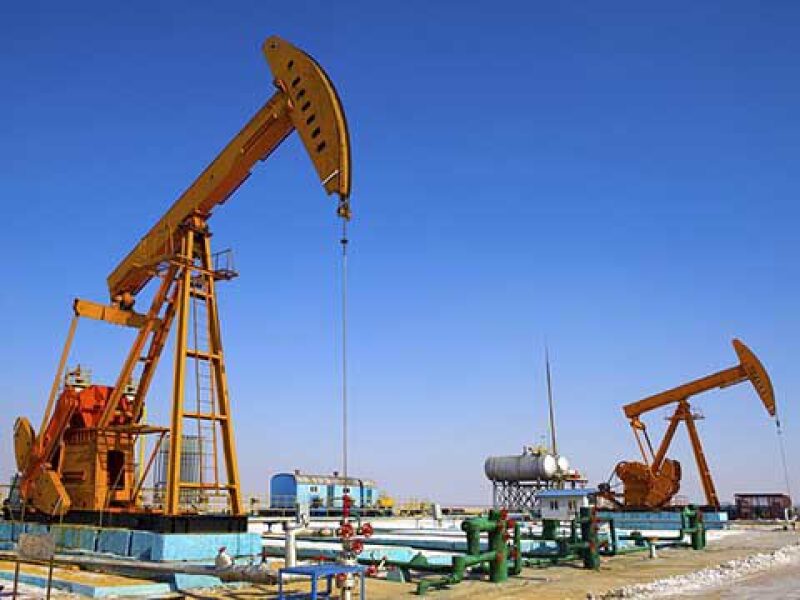The SPE Applied Technology Workshop on “Artificial Lift Systems: Get the Maximum from Your Wells” was held 24–27 November 2013 in Phuket, Thailand. The workshop attracted 80 participants representing 32 organizations and 14 countries.
As oil and gas fields are depleted, artificial lift systems are often required to maintain delivery volumes and to maximize recovery. To handle adverse conditions, such as high-viscosity oil, high water cut, sand, low-reservoir pressures, high temperatures, low-productivity wells, and high-angle wells, special artificial lift systems may be required.
This workshop discussed state-of-the-art artificial lift technologies. Engineers from operating and service companies shared their field experience with artificial lift issues, such as operational efficiency, reliability, maintenance, cost, and extensibility, and also discussed their innovative solutions. An interactive session allowed participants to use the information presented and share their expertise and experience to select an artificial lift system for a sample well.
New Developments
The following advances in artificial lift were discussed:
- Electric submersible pumps (ESPs) able to handle temperatures of up to 250°C
- Progressive cavity pump (PCP) designs for handling heavy oil and sand
- Insertable tubing-conveyed electric submersible PCP systems to reduce time, cost, and hazards of pump changes
- Dynamic simulation (transient modeling) of downhole pumps, gas lift, and plunger lift
- Advances in digital oilfield technology
- A new method for solving the wave equation to model sucker rod pump performance
- New American Petroleum Institute (API) standards (API 19G) in gas lift equipment
- Submersible permanent magnet motors for PCPs for more efficient operation
- Mechanistic modeling of ESP performance to predict the effect of oil viscosity and two-phase flow
- Use of a vent branch from the main wellbore to allow gas to bypass downhole pumps in horizontal wells
- Rigless ESP technology
Field Experience
Participants shared a variety of field experience:
- ESPs applied in low-productivity and high-gas/high-liquid ratio wells
- Issues with sucker rod pump run life
- Using foam to revive dead wells via chemical injection through capillary strings
- How lack of live flow rate measurements and surface flow rate control for gas injection wells makes gas lift network optimization more difficult
- Failure investigations of ESPs showed the value of “digging deeper,” standard procedures, and a data collection system to find the true cause of PSP failures
- How mean time to failure is not a good yardstick of ESP performance; a failure-free operating period with probability does a better job tracking ESP run life
- Replacing ESPs and gas lift with sucker rod pumps as an onshore oil field in Thailand matured
- Successful application of venturi orifice gas lift valves in offshore Sarawak, Malaysia, to stabilize flow; payout on the new valves was less than a day
- A multiphase pump on an offshore platform successfully restarted several dead wells
- Installation of ESP to replace gas lift in an offshore Sarawak oil field
- Jet pumps revived dead wells and paid for themselves in less than 3 months
Challenges
One presentation pointed out how the routine workovers and servicing needed for ESPs often require reconfiguring intelligent wells, which can be costly. The group was challenged to think about how artificial lift can work with intelligent wells.
Artificial Lift Selection Methodologies
From the keynote speech to the break-out session at the end of the workshop, the emphasis was on providing participants with the information they needed to select the best artificial lift system for their well. When selecting artificial lift, management practices, legacy issues, economics, human factors (e.g. training, tools, operator habits, and safety), surface and infrastructure constraints, production, reservoir and well constraints, and produced fluid properties all need to be considered. Participants were divided into nine groups to determine the best artificial lift system for given well specifications.
The group that was assigned to study a coalbed methane well in an onshore gas field chose a PCP or sucker rod pump (depending on economics) to pump the water up the tubing while gas flowed freely up the annulus.
Two groups working on a Thai off-shore gas condensate well both selected foam (via capillary injection) and gas lift, but each applied these systems in a different order.
Three groups reviewing an offshore oil well in the South China Sea selected an ESP as the best form of artificial lift for their well.
Three groups tackling a Canadian tight oil onshore well each suggested different strategies to handle the deep (measured depth: 14,200 ft; true vertical depth: 9,000 ft), horizontal well that has a low flow rate (absolute open flow of 130 STB/D and gas/oil ratio of 1700 scf/STB).
One of the three final groups suggested using a sucker rod pump; and that, if possible, gas lift valves should be installed as a backup. The second group recommended that gas lift through the annulus via the subsurface safety value be used because the casing size was too small for normal gas lift valves. The third group suggested that the well be allowed to flow naturally for as long as possible and then converted to gas lift (if a gas compressor were readily available), or, if no compressed gas were available, converted to using hydraulic piston pumps.

